Greek Defence Minister Nikos Dendias on Monday said that the “physical and moral perpetrators” of the deaths of Tasos Isaac and Solomos Solomou, who were killed during two separate demonstrations in the buffer zone near Dherynia during August 1996, have “never been held accountable”.
He said Isaac and Solomou had been “murdered by the instruments of the Turkish occupation in Cyprus”, and that justice had not been brought to the perpetrators, “despite the decisions and convictions of the European Court of Human Rights”.
Isaac was killed on August 11, 1996, when Greek Cypriot motorcyclist protestors were met in the buffer zone by Turkish Cypriot counter-protestors who, according to the United Nations report on the incident, were “joined by members of the Grey Wolves who had come from Turkey”.
As demonstrators from both sides broke into the buffer zone, the incident became violent. Isaac found himself entangled in barbed wire and was beaten to death by Turkish Cypriots and Turks.
Solomou was killed three days later when, following Isaac’s funeral, Greek Cypriot demonstrators once again travelled to Dherynia.
He distanced himself from his fellow protestors and walked towards a Turkish military post, attempting to climb a flagpole to remove a Turkish flag, before being shot dead by a Turkish soldier.
The European Court of Human Rights had found in 2008 that Isaac and Solomou’s rights as defined by Article 2 of the European Convention on Human Rights – the right to life – had been violated by Turkey.
The Republic of Cyprus had issued 11 arrest warrants over the matter in the autumn of 1996.
Six warrants were issued regarding the death of Isaac and five regarding the death of Solomou, though no arrests were ever made.
Statues of both Isaac and Solomou were unveiled in Paralimni on Saturday night, with motorcyclists having ridden from across Cyprus to Paralimni in homage to the motorcycle journey taken in 1996, which had begun in Berlin before ending in the death of Isaac in the buffer zone.
House president Annita Demetriou was present for the statues’ unveiling and said the statues had been placed “at the epicentre of everyday life, here in Paralimni, in the heart of the land which gave birth to the two gallant men, for people to see, for passersby to see, but especially for young children to see, so that we may all be aware of what we owe to them”.
“These two gallant men stood like giants in Dherynia, because Cyprus remains enslaved, because the occupier’s flag is an open wound on the Pentadaktylos, because Famagusta, Kyrenia, Morphou, and Karpasia are being ravaged or sold off barbed wire, because every inch of our occupied land holds within it the voice and pain of those who were forcibly expelled,” she said.

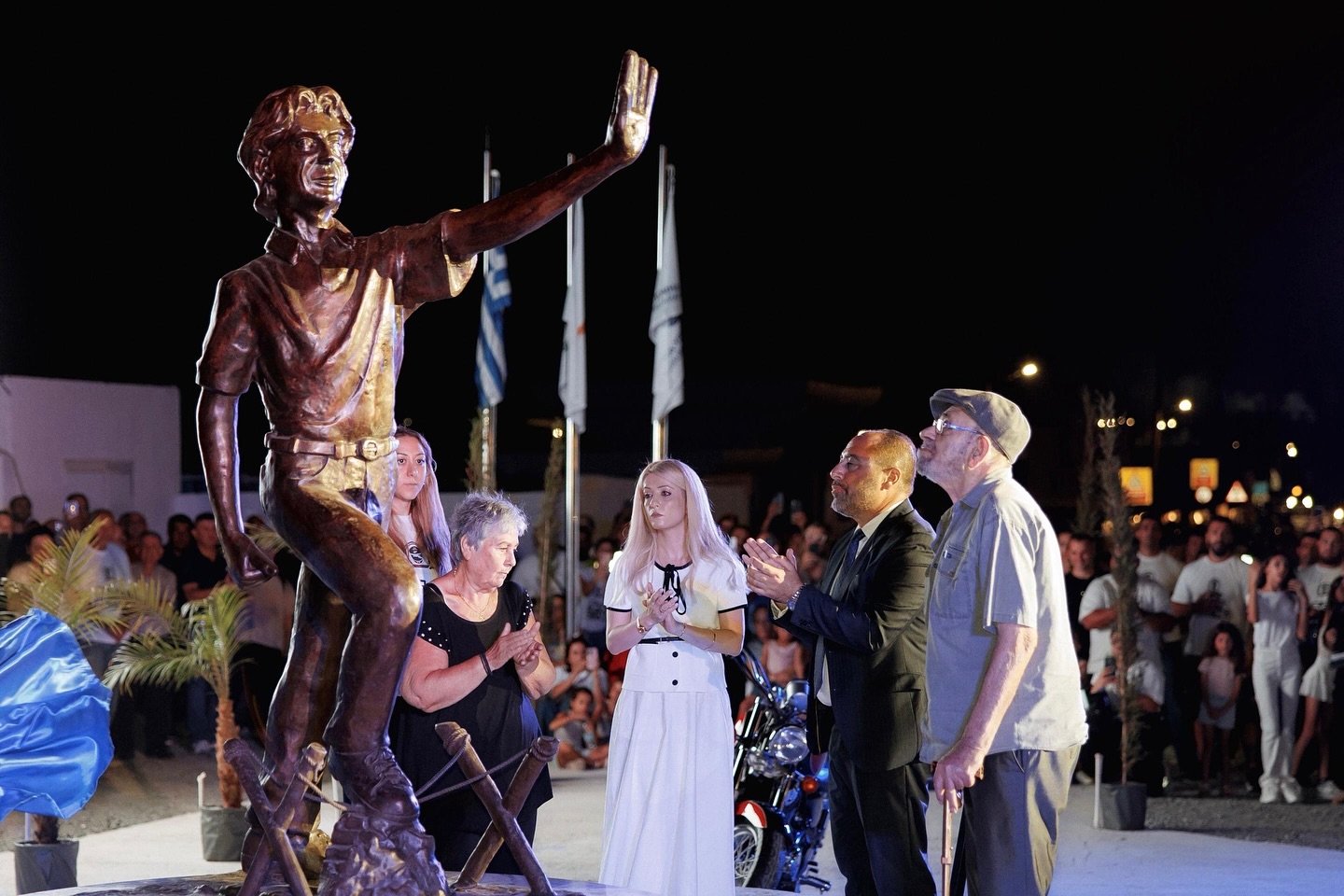
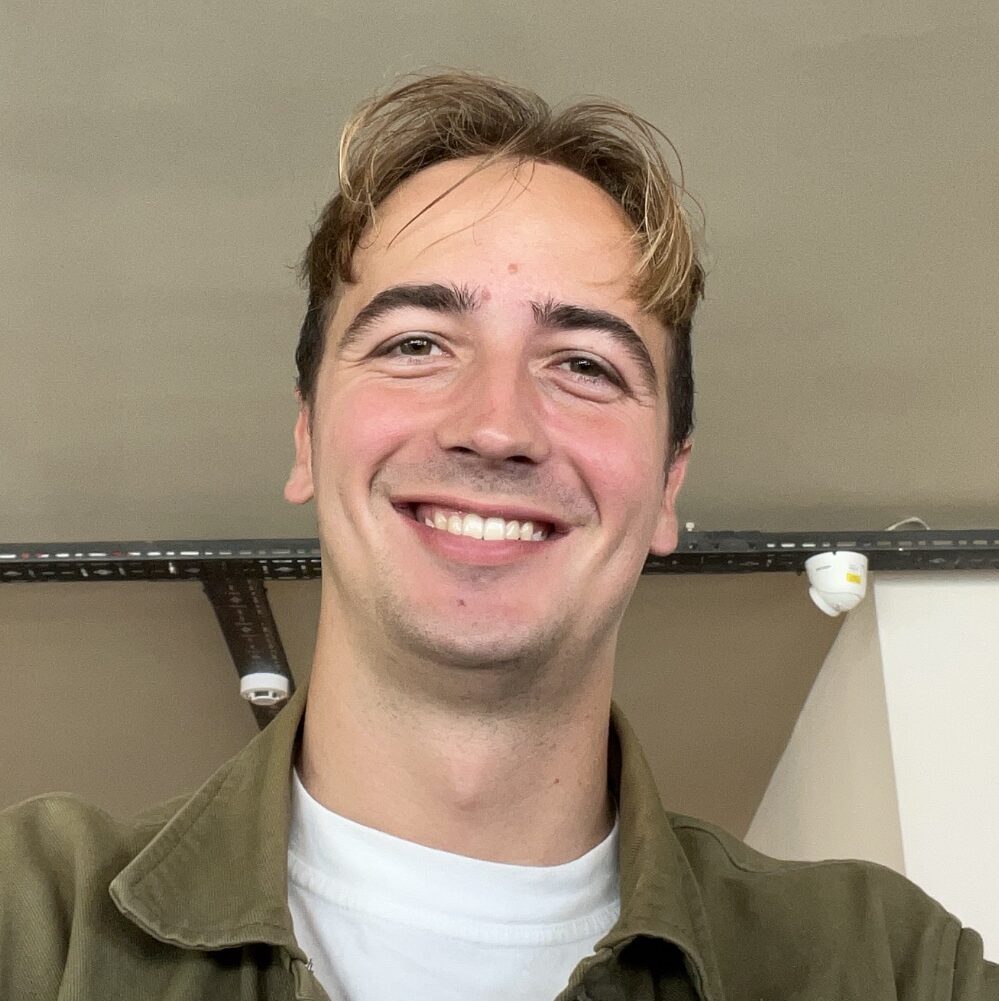
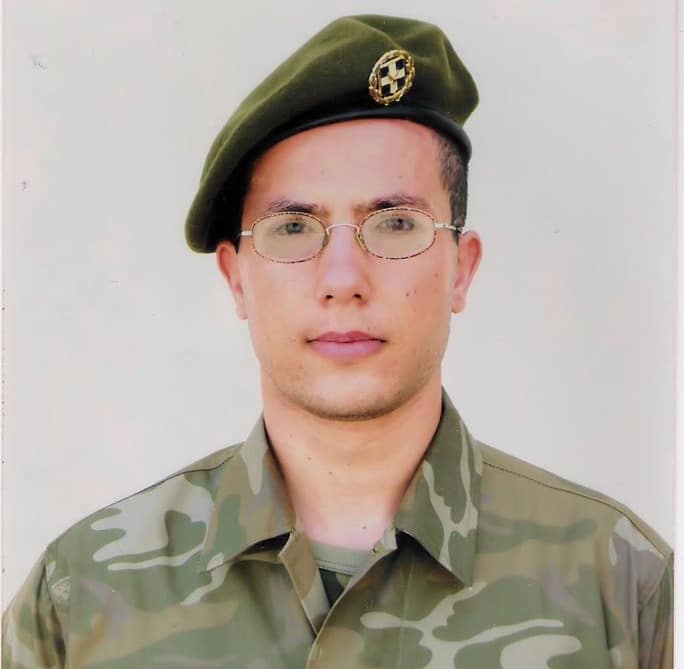
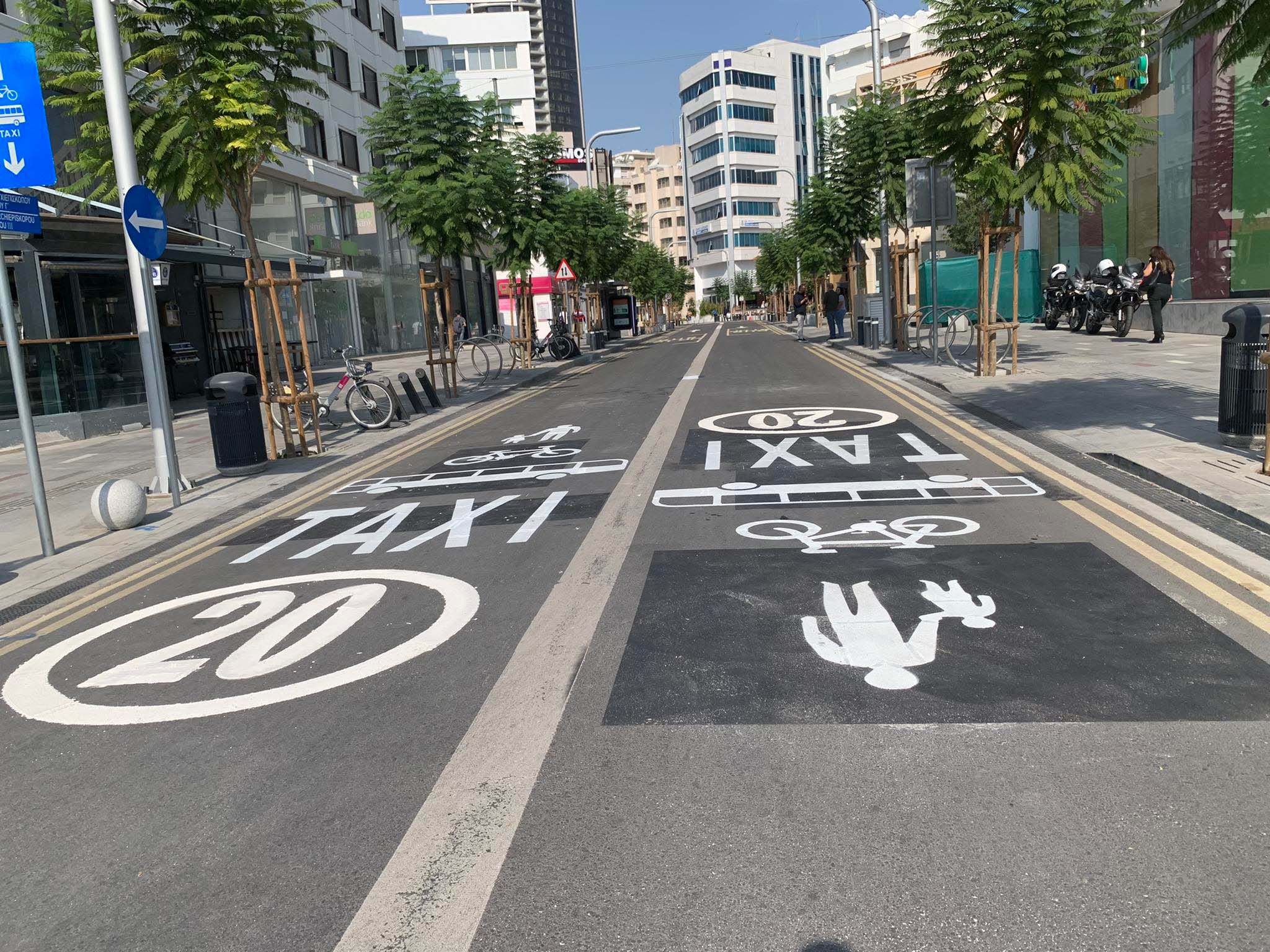
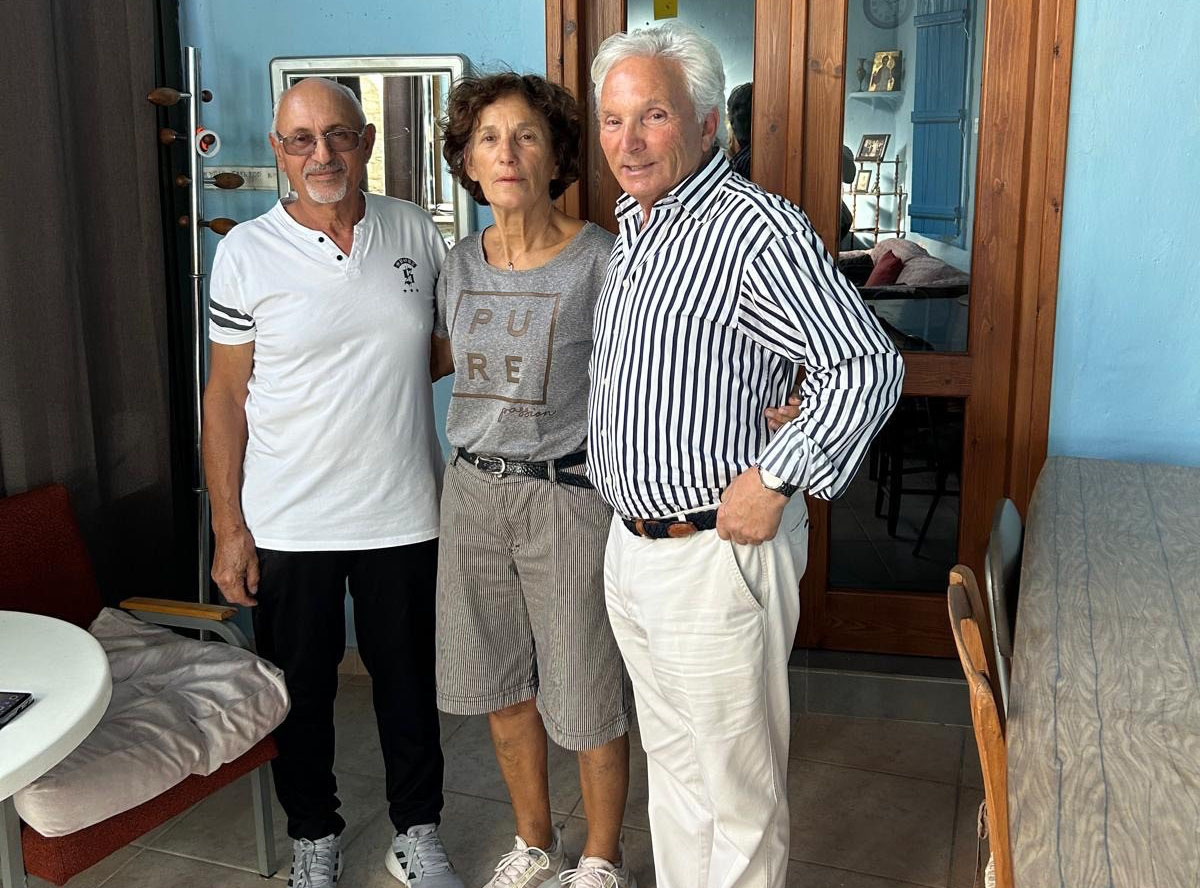

Click here to change your cookie preferences